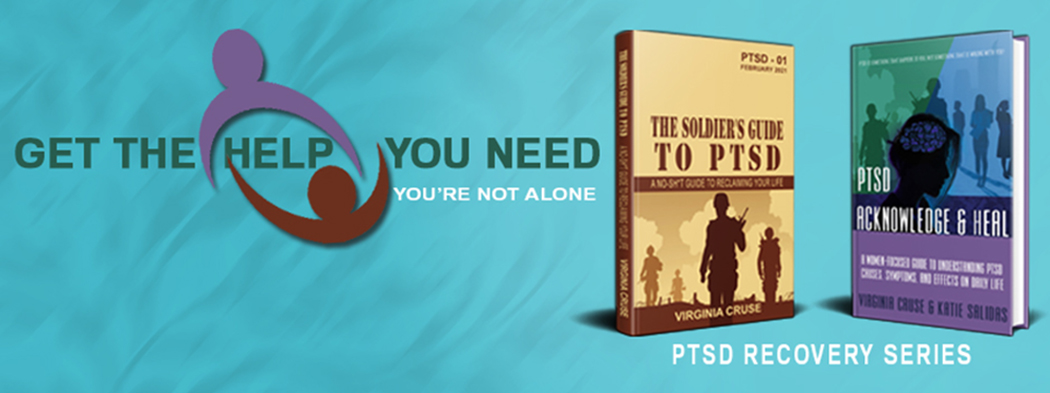
The job of an Emergency Medical Service (EMS) provider is
inherently stressful, involving constant exposure to human suffering and
trauma. This can lead to psychological challenges such as depression, anxiety,
and posttraumatic stress disorder (PTSD) among EMS providers. Shifts as an EMS
provider can vary drastically in terms of call volume, and providers are often
working outside in harsh weather conditions at all hours of the day.
Emergencies can occur anywhere, from public locations like streets and shopping
centers to intimate settings like private residences or nursing homes.
Additionally, EMS providers may encounter violent or traumatic situations while
on the job, making their work even more challenging. Repeated Exposure Trauma,
the severity of the incidents that EMS providers are involved in, and the
emotional skills needed to cope with Cumulative Trauma can lead to Compassion
Fatigue, Secondary Traumatic Stress, Vicarious Trauma, Burnout, and PTSD.
Cumulative trauma refers to the psychological, emotional, and physical distress
associated with repeated exposure to traumatic events, either directly or
indirectly. Every individual's experience and risk of developing PTSD is
unique; some may go through years of service before displaying symptoms, while
others may not have an immediate impact, just additional cumulative trauma.
A study from 2018 found that paramedics have the highest
rate of PTSD. This is likely due to the top three stressors universally
associated with poor mental health, include career challenges, financial
struggles, and lack of sleep. Considering the long shifts, standard pay rates,
and exposure to traumatic events, it's not surprising that EMS providers are
considered high-risk for developing mental illness.
Shift lengths and rotations vary depending on each EMS
agency's policies. Typically, shifts can last 12, 16, or 24 hours. Working
irregular schedules disrupts providers' natural sleep patterns and can lead to
exhaustion. Many providers also work overtime or hold multiple jobs to make
ends meet, resulting in back-to-back shifts and further fatigue. While lack of
sleep and financial concerns are common issues for EMS providers, the nature of
their occupation is the biggest contributor to an increased risk of mental
illness.
With the increase in disasters around the world, the demand
for EMS providers is higher than ever as they play a crucial role in disaster
management systems. However, an estimated 69% of EMS providers report not
having enough recovery time between traumatic incidents. Most EMS providers are
expected to be on duty for strenuous amounts of time—up to and beyond 24 hours.
The duration and intensity of being on call, engaging in extremely stressful
situations, and having little opportunity for rest in between incidents can
lead to burnout.
Although EMTs and paramedics are often the first responders,
they are not the only ones in the EMS chain suffering from burnout. Reports
show that other EMS personnel are also experiencing increasing levels of
burnout within the industry. Nurses who face moral distress have reported
feelings of emotional exhaustion and depersonalization - two key components of
burnout. The job of an emergency dispatcher may not require them to physically
enter a scene, but they still face daily challenges and trauma that can take a
toll on their mental health. Emergency Dispatchers, who act as the vital link
between individuals in crisis and first responders, are responsible for
dispatching assistance to both emergency and non-emergency situations. They
must remain levelheaded and composed while handling multiple tasks and finding
solutions on the spot amidst dangerous and heartbreaking situations such as
home invasions, domestic violence incidents, fires, car accidents, and even
murders.
According to recent findings from the Pulse of 9-1-1 State
of the Industry Survey, 74% of respondents reported staff burnout at their
9-1-1 centers, with many displaying symptoms of anxiety, fatigue, and low
energy levels.
Moral distress is a major issue within the medical community
and it comes as no surprise that it contributes to mental health problems among
EMS providers. Despite the patient's decision, EMS providers must respect their
choice, even if it may result in their death. One common ethical challenge
arises when competent patients refuse assistance that could benefit them. In
fact, a study revealed that 27% of ethical conflicts during paramedic responses
were due to issues with informed consent. EMS providers may feel a sense of
duty to respond and may struggle with moral responsibility to provide care,
even if the patient denies treatment or transport- regardless of medical
advice. This can lead to moral distress for EMS providers who have good
intentions but cannot act upon them. The consequences of moral distress can be
significant, such as burnout, job dissatisfaction, high turnover rates, and
emotional detachment from patients - all of which ultimately impact patient
care.
The effects of burnout, moral distress, and cumulative
trauma are not limited to EMS providers; they also affect Emergency Department (ED)
nurses and physicians.
Unfortunately, EMS personnel, like other first responders
we’ve discussed, are often the last to admit they need help, as it goes against
their role as providers of support rather than recipients. Seeking help is
often stigmatized or seen as a weakness in this community, where toughness is
essential. However, it is crucial for first responders to know how and where to
find help.
Support mechanisms, the removal of the stigma associated
with experiencing emotional distress, and education about good mental health
being just as important as good physical health need to be available and easily
accessible to all first responders.
*****
“If you believe change is possible, you want to change, and you are willing to do the work, you absolutely CAN get your life back.”
Get your copy of The Soldier's Guide to PTSD, The Soldier's Workbook,
or Acknowledge & Heal, A Women's-Focused Guide to PTSD






